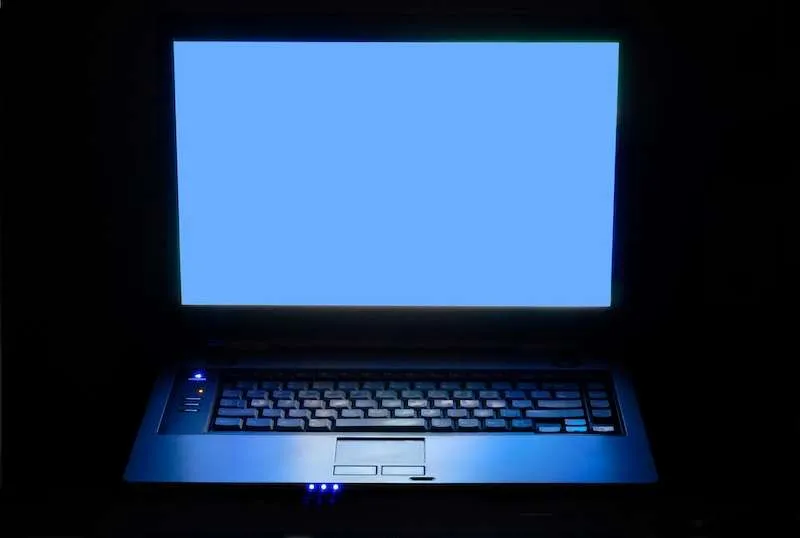How to Resolve ACTIVE_EX_WORKER_THREAD_TERMINATION Error

If you’ve encountered the infamous Blue Screen of Death (BSOD) and are dealing with the 0x000000E9 error, you’re experiencing a type of Stop error known as the ACTIVE_EX_WORKER_THREAD_TERMINATION. This error is typically accompanied by a message that states, ‘Your PC ran into a problem and needs to restart. We’ll restart it for you.’
The active executive worker thread is essential for your system’s ability to multitask efficiently. When you run into the ACTIVE_EX_WORKER_THREAD_TERMINATION error, it often indicates an underlying issue with your computer’s drivers.
Methods to Resolve ACTIVE_EX_WORKER_THREAD_TERMINATION Error on a PC

BSOD issues that arise from hardware challenges often lead to repeated reboots. However, there are several solutions you can try to address the issue.
#1 – Remove Additional External Devices from Your Computer
Sometimes, external devices can trigger errors, regardless of whether they were recently added. Start by disconnecting all external devices and then restart your computer to check for improvements.
#2 – Execute an Offline Scan Using Windows Defender
Access the Settings menu, navigate to Update & Security, select Windows Security, then click on Virus & threat protection. Press the Scan options button, choose Microsoft Defender Offline Scan, and hit the Scan Now option.
#3 – Conduct a Device Performance and Health Check
Within Windows Settings, head to Update & Security, select Windows Security, and then click on Device performance & health. The system will commence a scan and generate a health report, helping you identify any components that may be underperforming.
#4 – Turn Off Fast Startup
Navigate to Power Options by pressing Windows key + X. On the right-hand side, click Additional power settings. Select Choose what the power buttons do, then click Change settings that are currently unavailable. Find the Turn on fast startup option and uncheck its box. Click Save changes and restart your computer.
#5 – Update Your Device Drivers
Open the Search box and type Device Manager, then select it from the results. Locate the driver in question, right-click on it, and select Update Driver. Click Check for updates and allow your device to complete the update process.
#6 – Perform a System Restore

In the Search box, type System Restore to open the System Restore window. Navigate to System Protection and select System Restore. Choose a restore point and click Next, then Finish to complete the process.
While BSOD errors can be quite bothersome, trying various methods to troubleshoot these issues may lead you to a resolution.


Leave a Reply